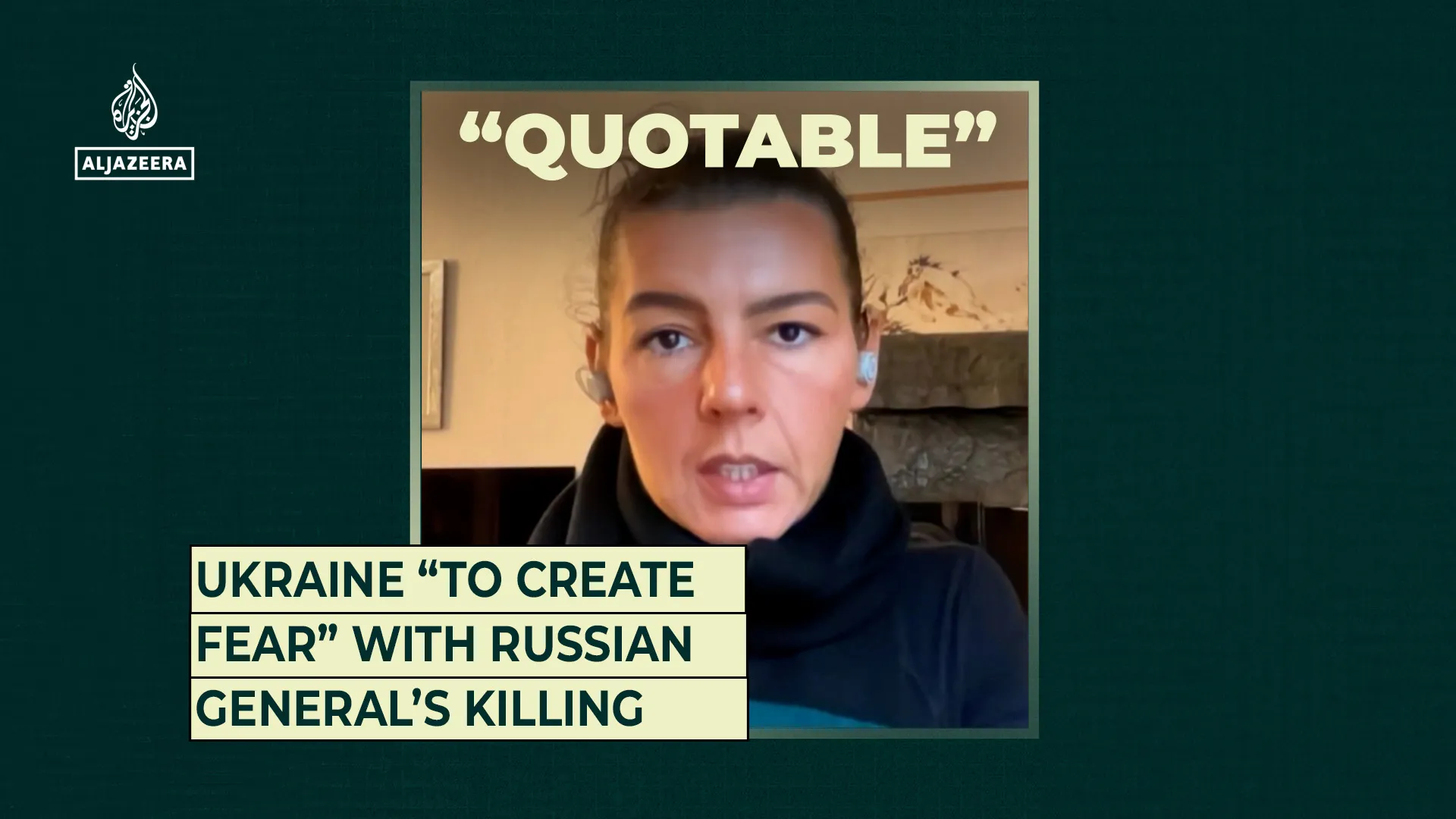Ukraine “to create fear” with Russian General’s killing | Russia-Ukraine war
“This [killing in Moscow] is a mode of warfare which would be referred to as, quote-unquote, irregular.”
The killing of a top Russian general is a “direct message” to senior Russian military leaders from Ukraine, says Marina Miron, of King’s College London.
Published On 23 Dec 2025

